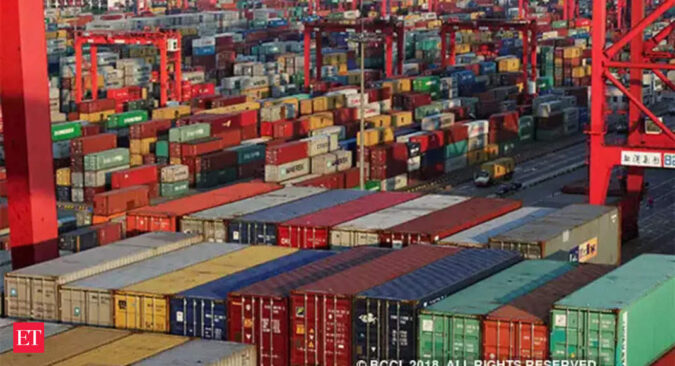“This is going to affect Indian exports not only to Germany but Europe as a whole since other countries are also already in recession,” Mumbai-based exporter and Chairman of Technocraft Industries Sharad Kumar Saraf said.
He said India’s export to Germany stood at USD 10.2 billion in 2022-23 and it could see a fall due to long-term recession in Germany and the most affected sectors would be leather products, chemical, and light engineering items.
Economic think-tank GTRI co-founder Ajay Srivastava said: “Recession will adversely impact India’s exports of value USD 2 billion. This includes smartphone, apparels, footwear, and leather goods. In a recession, daily use products are the first to be impacted”.
Export of iron and steel products will also be impacted due to the soon to be levied carbon border tax by Germany, he said.
Apparel Export Promotion Council (AEPC) Chairman Narendra Goenka said the recession in Germany would affect order flows into India.
“Business will be down by minimum 10 per cent. This slowdown will definitely impact the investment flow from Germany,” Goenka added. However, Saraf said Germany is the ninth largest investor in India and investments from there may not be affected since in recessionary conditions, German companies would be looking at cheaper alternatives.
Yogesh Gupta, Regional Chairman, FIEO (Eastern Region), said since Germany is the main growth driver for the EU (European Union), recession in that nation will impact the purchasing there.
“However, it is too early to comment on the impact of the recession on Indian exports,” Gupta said.
In 2022-23, India’s exports to Germany included machinery (USD 1.5 billion); electronics (USD 1.2 billion), including smartphones (USD 458 million); apparels (USD 990 million); organic chemicals (USD 822 million); footwear (USD 332 million); leather goods (USD 305 million); articles of iron and steel (USD 474 million); and auto components (USD 406 million).
Two consecutive quarters of contraction is a common definition of recession, though economists on the euro area business cycle dating committee use a broader set of data, including employment figures.
Germany is one of the 20 countries that use the euro currency.
